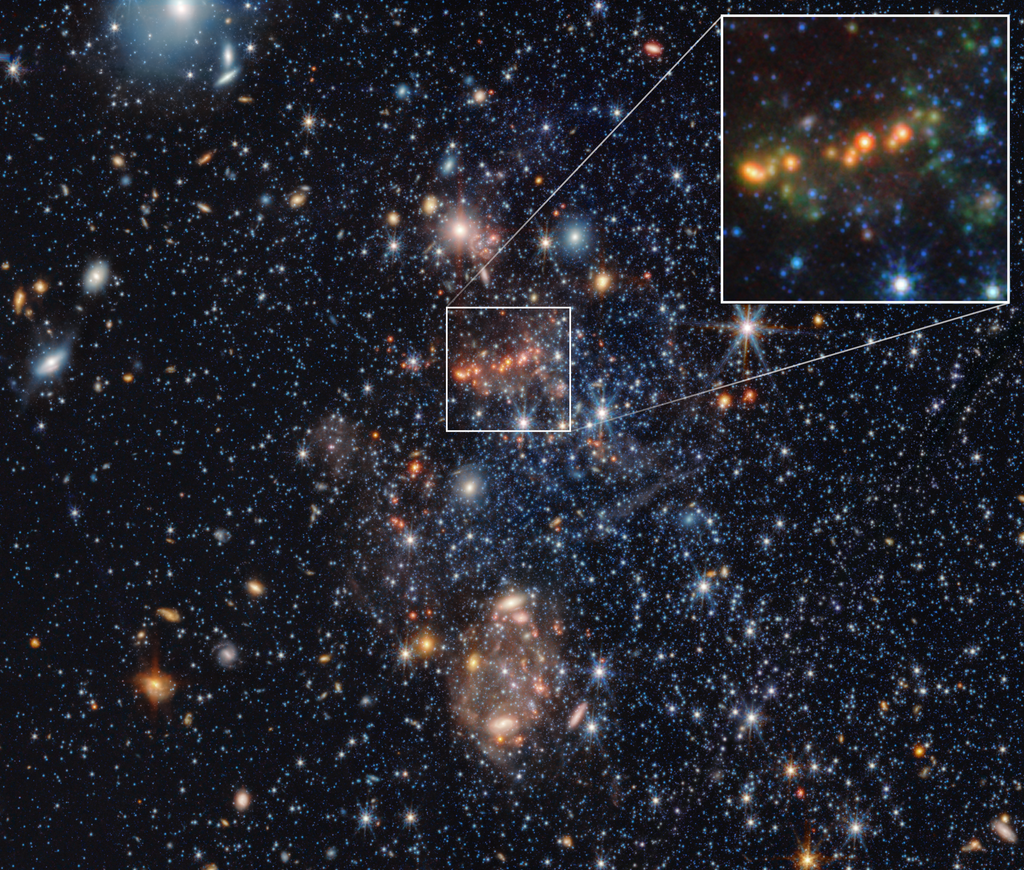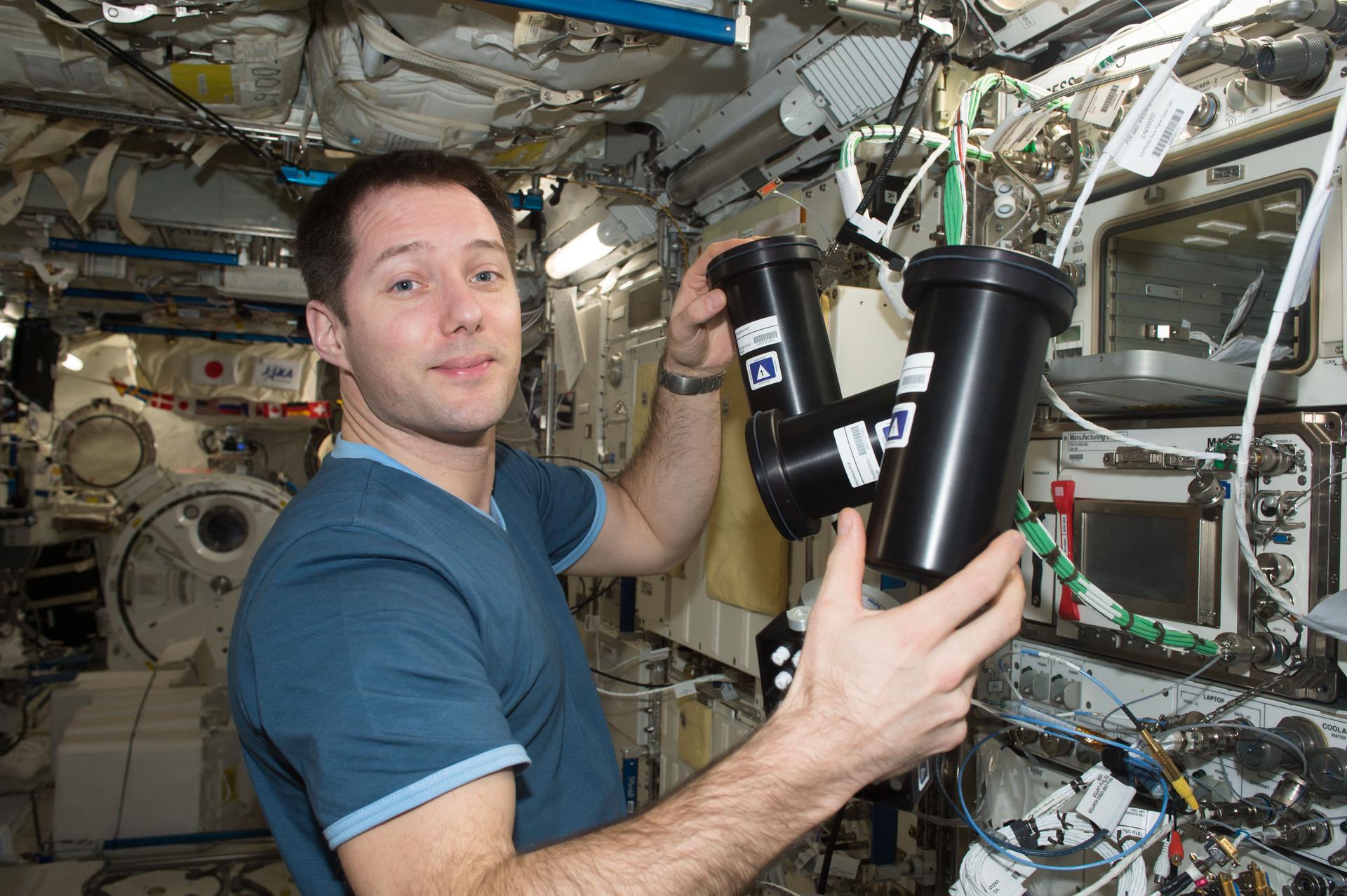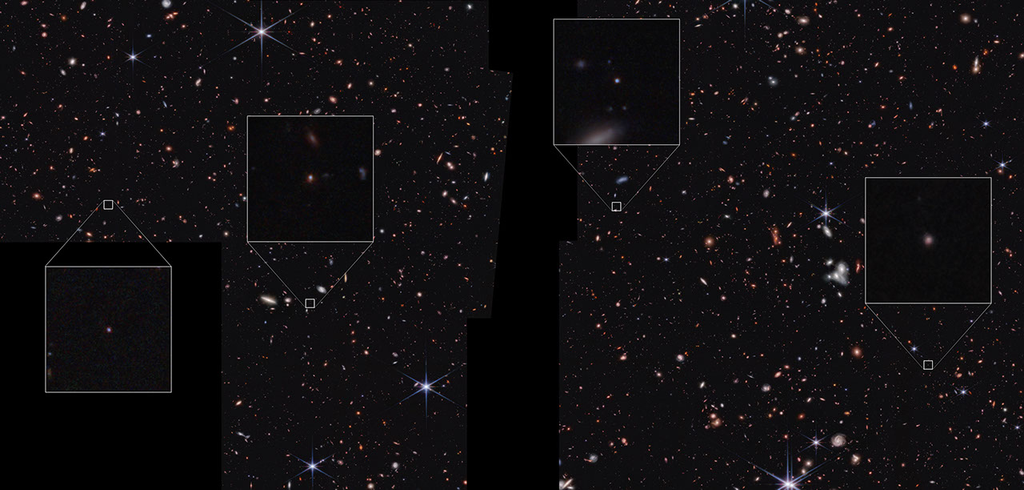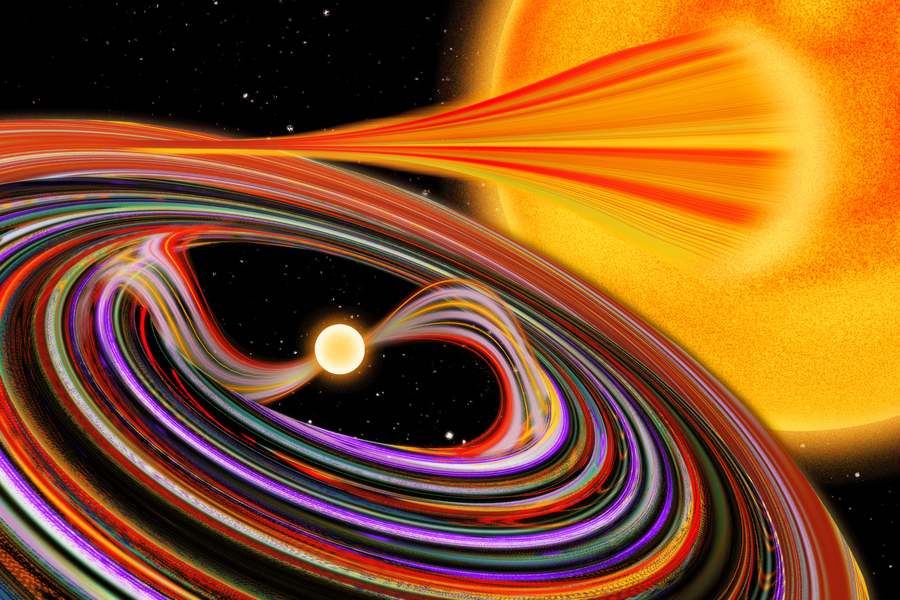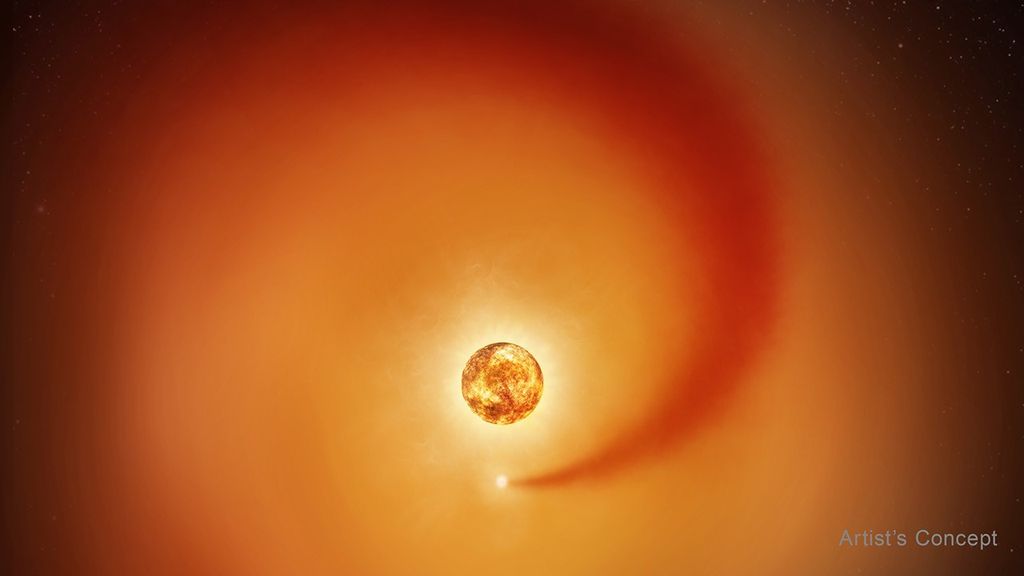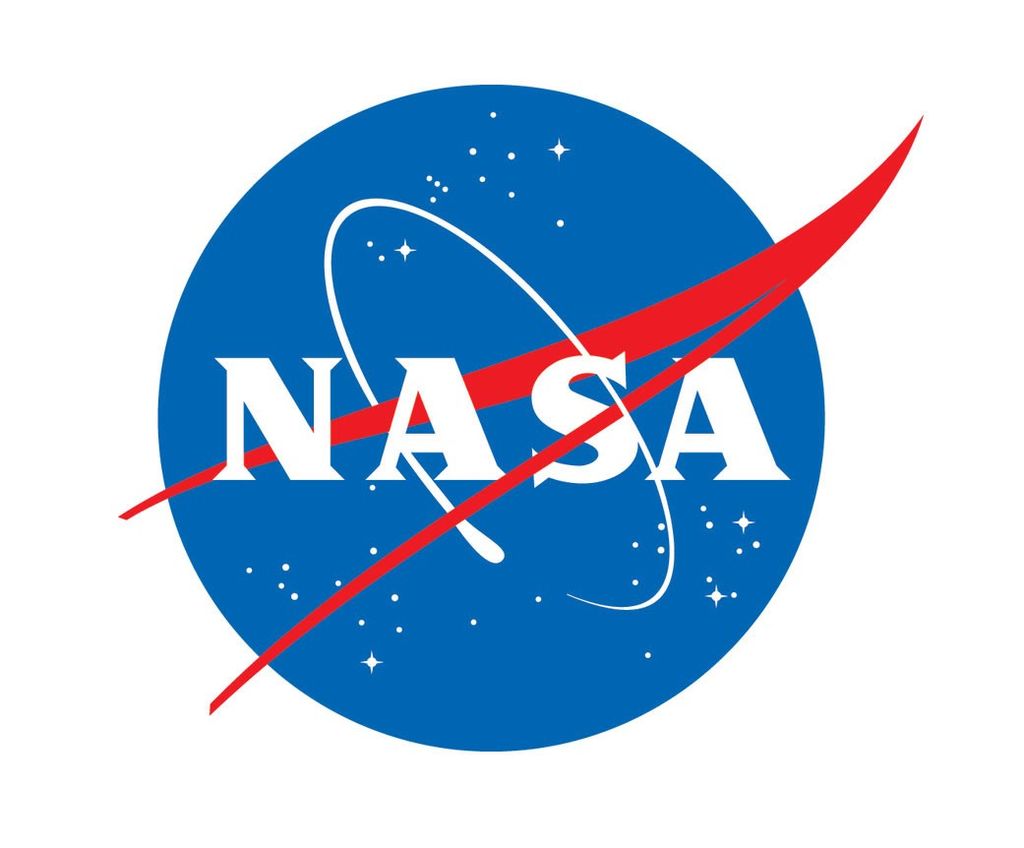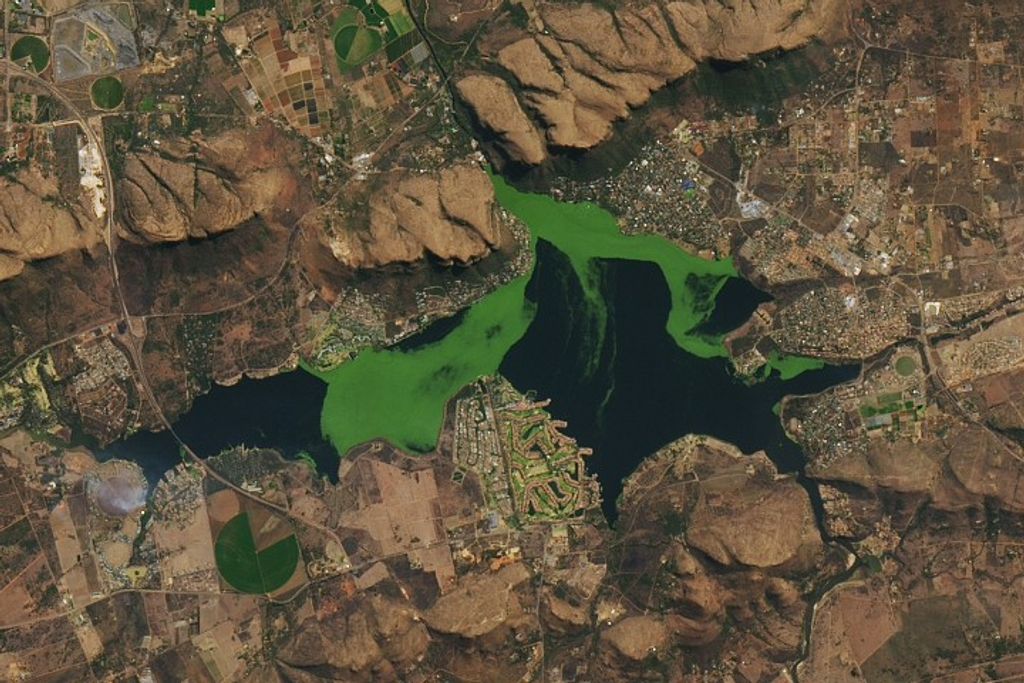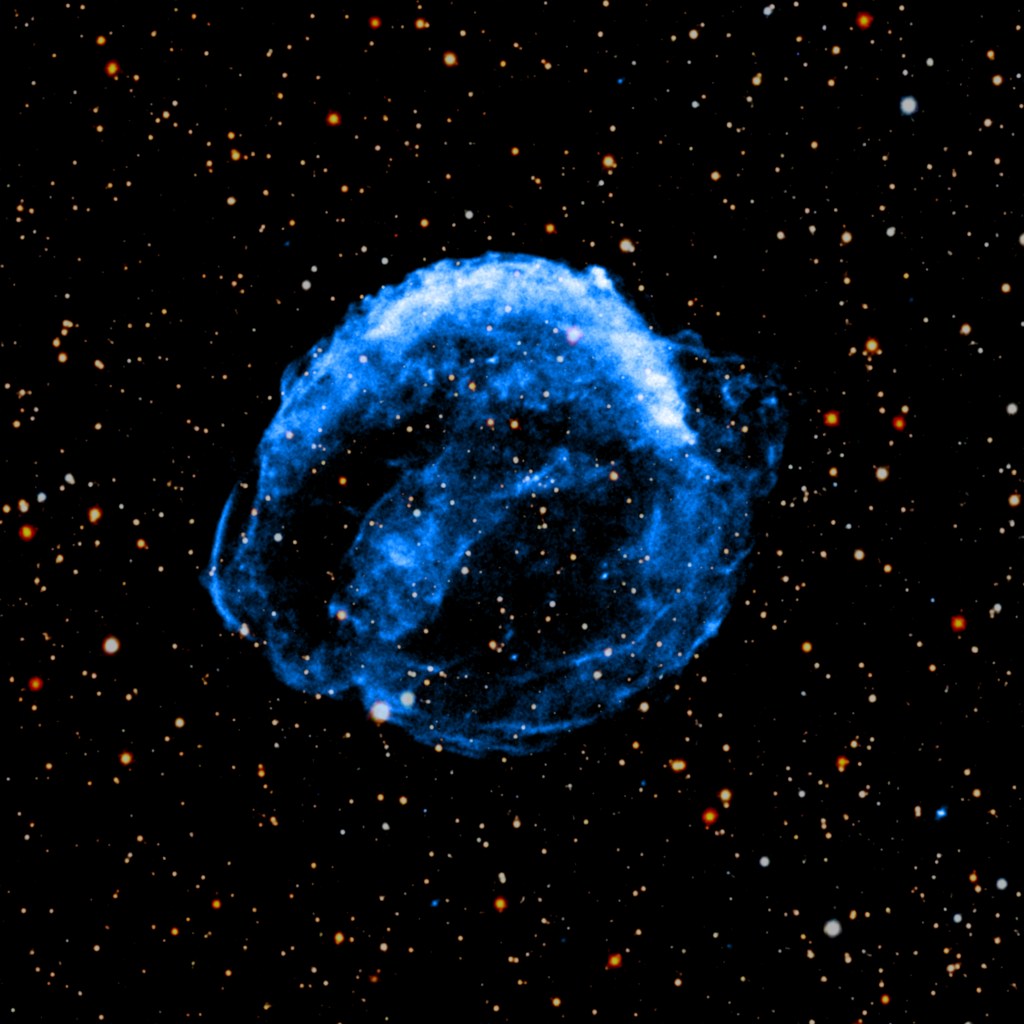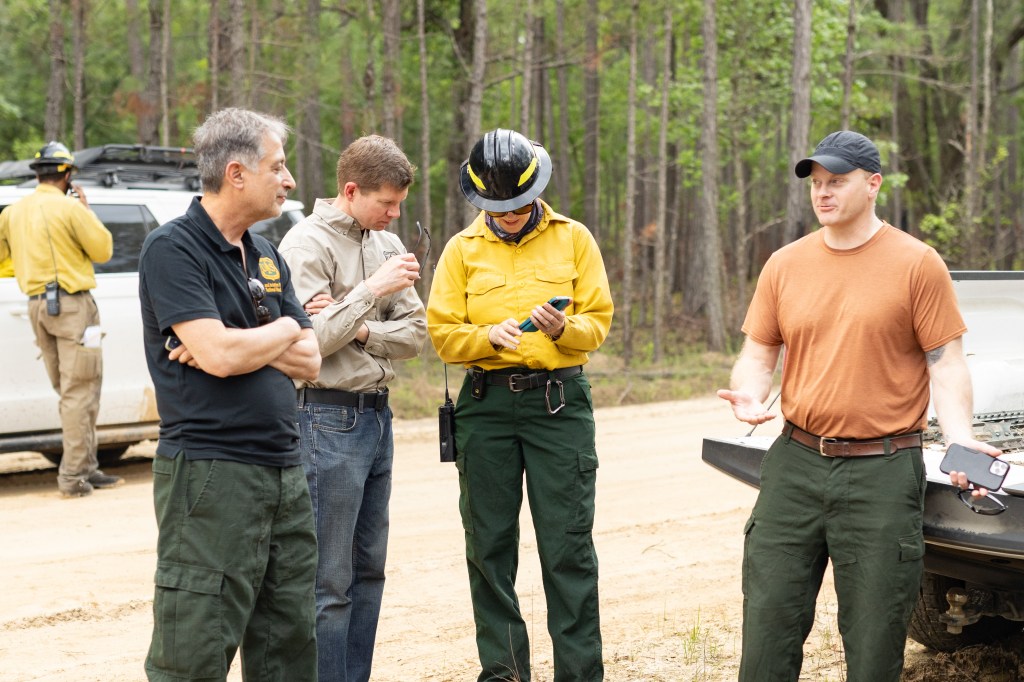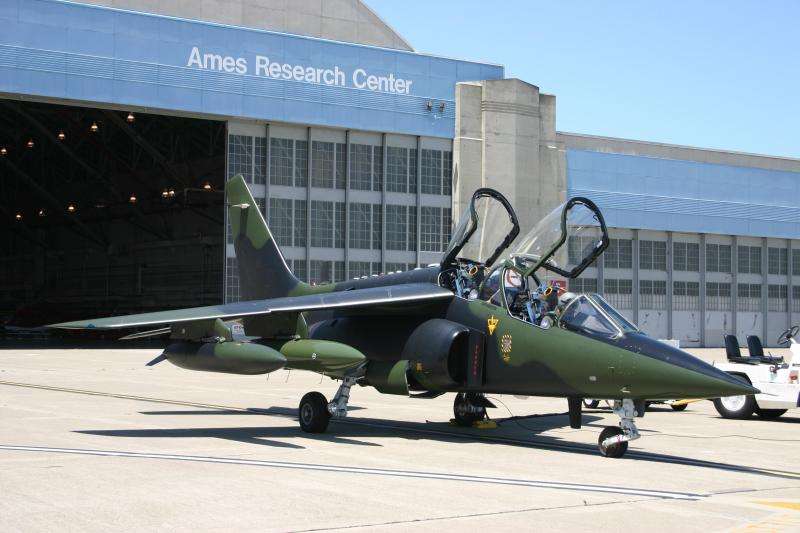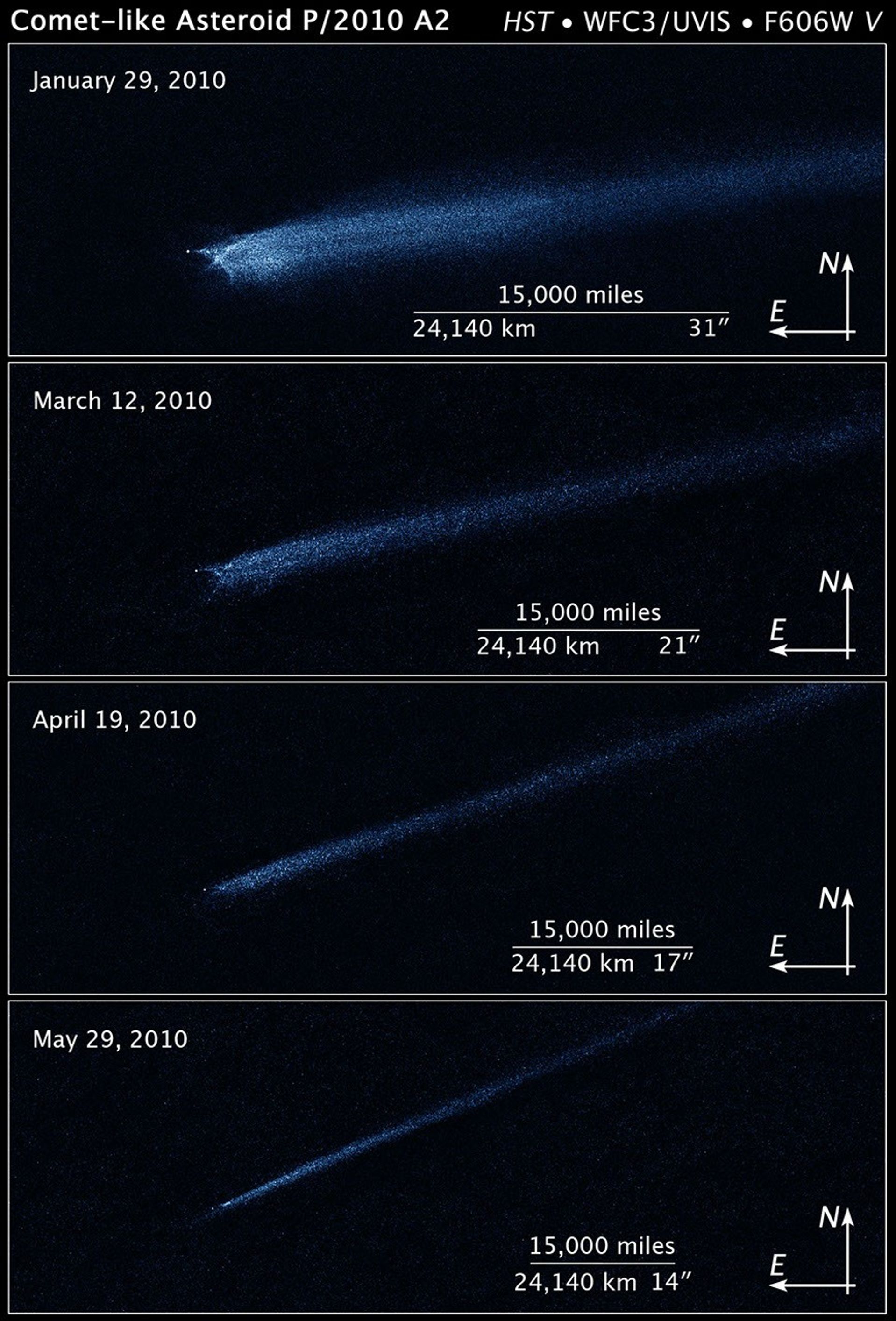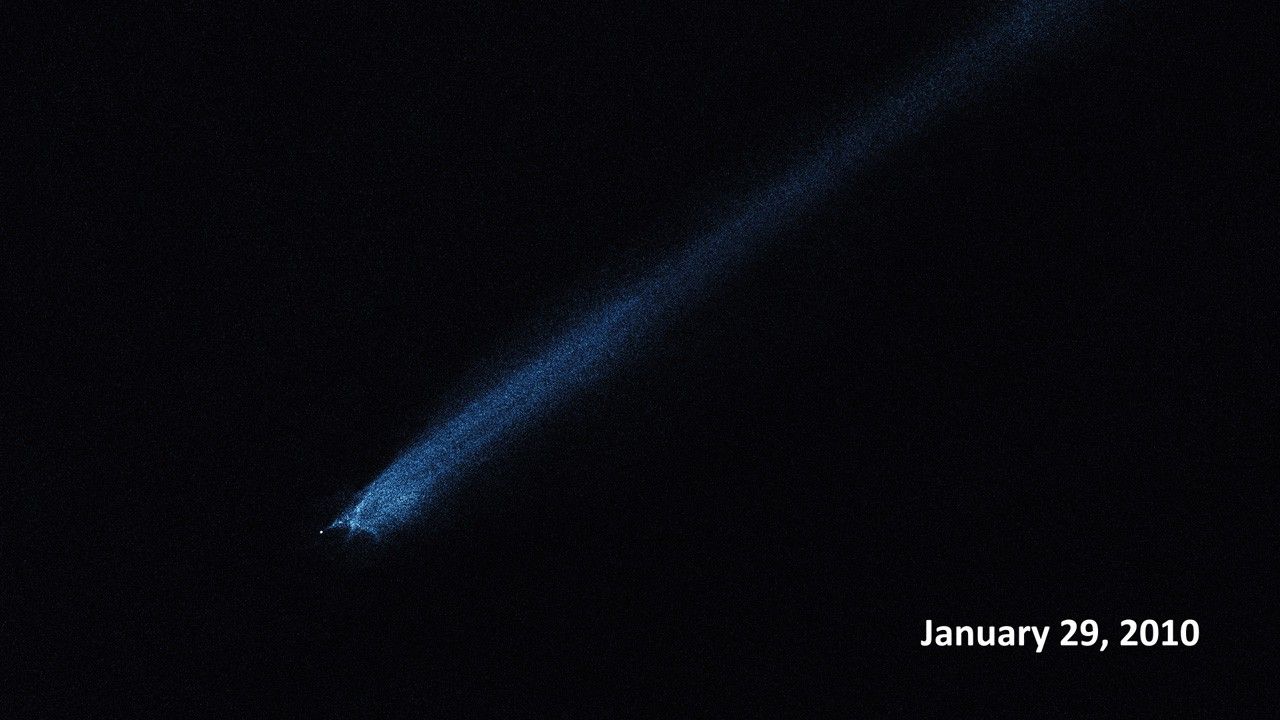1 min read
Hubble Captures Aftermath of Asteroid Collision
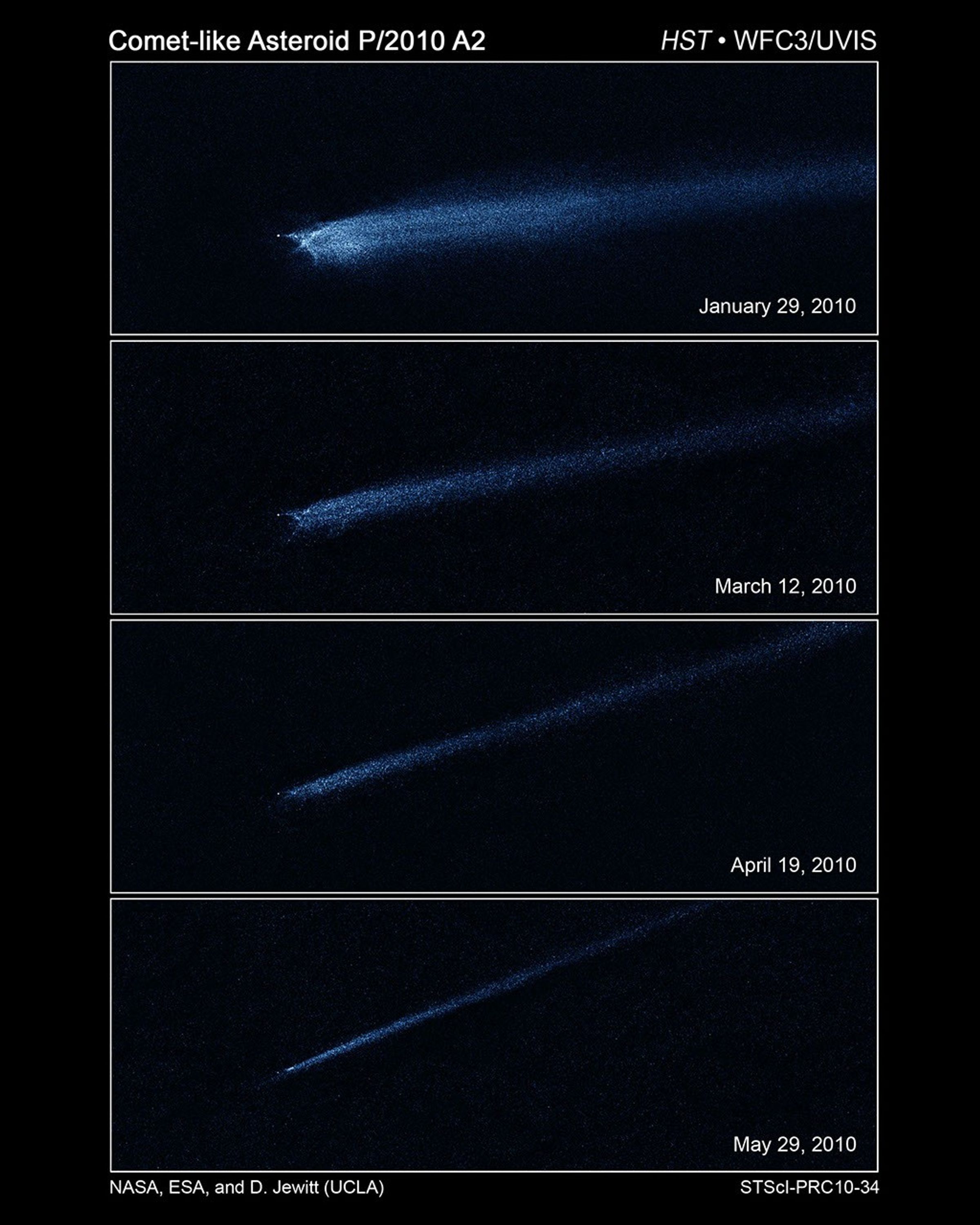
These four Hubble Space Telescope images, taken over a five-month period, show the odd-shaped debris that likely came from a collision between two asteroids.
The Hubble images, taken from January to May 2010 with Wide Field Camera 3, reveal a point-like object about 400 feet (120 meters) wide, with a long, flowing dust tail behind a never-before-seen X pattern, which remained intact. Particle sizes in the tail are estimated to vary from about 1/25th of an inch (a millimeter) to an inch (2.5 centimeters) in diameter. The tail contains enough dust to make a ball 65 feet (20 meters) wide, most of it blown out of the bigger body by the impact-caused explosion.
The asteroid debris, dubbed P/2010 A2, appears to be shrinking in each successive image because Earth's faster orbit is carrying the planet away from the object. Between January and May, Earth rotated more than 100 million miles away from the debris field. The object was 102 million miles from Earth when Hubble first observed it in January 2010.
P/2010 A2 was found cruising around the asteroid belt, a reservoir of millions of rocky bodies between the orbits of Mars and Jupiter.
The images were taken in visible light and artificially colored blue.
About the Object
- DistanceDistanceThe physical distance from Earth to the astronomical object. Distances within our solar system are usually measured in Astronomical Units (AU). Distances between stars are usually measured in light-years. Interstellar distances can also be measured in parsecs.1.099 AU (102 million mi, 164 million km) - 2.392 AU (222 million mi, 358 million km)
About the Data
- Data DescriptionData DescriptionProposal: A description of the observations, their scientific justification, and the links to the data available in the science archive.
Science Team: The astronomers who planned the observations and analyzed the data. "PI" refers to the Principal Investigator. - InstrumentInstrumentThe science instrument used to produce the data.HST>WFC3/UVIS
- Exposure DatesExposure DatesThe date(s) that the telescope made its observations and the total exposure time.2010: Jan. 29, Mar. 12, Apr. 19, and May 29
- FiltersFiltersThe camera filters that were used in the science observations.F606W (V)
- Object NameObject NameA name or catalog number that astronomers use to identify an astronomical object.Asteroid P/2010 A2
- Object DescriptionObject DescriptionThe type of astronomical object.Asteroid Belt Impact Object
- Release DateOctober 13, 2010
- Science ReleaseHubble Finds that a Bizarre X-Shaped Intruder Is Linked to an Unseen Asteroid Collision
- Credit

This image was originally black and white and recorded only overall brightness. These brightness values were translated into a range of bluish hues. Such color "maps" can be useful in helping to distinguish subtly varying brightness in an image.

Related Images & Videos
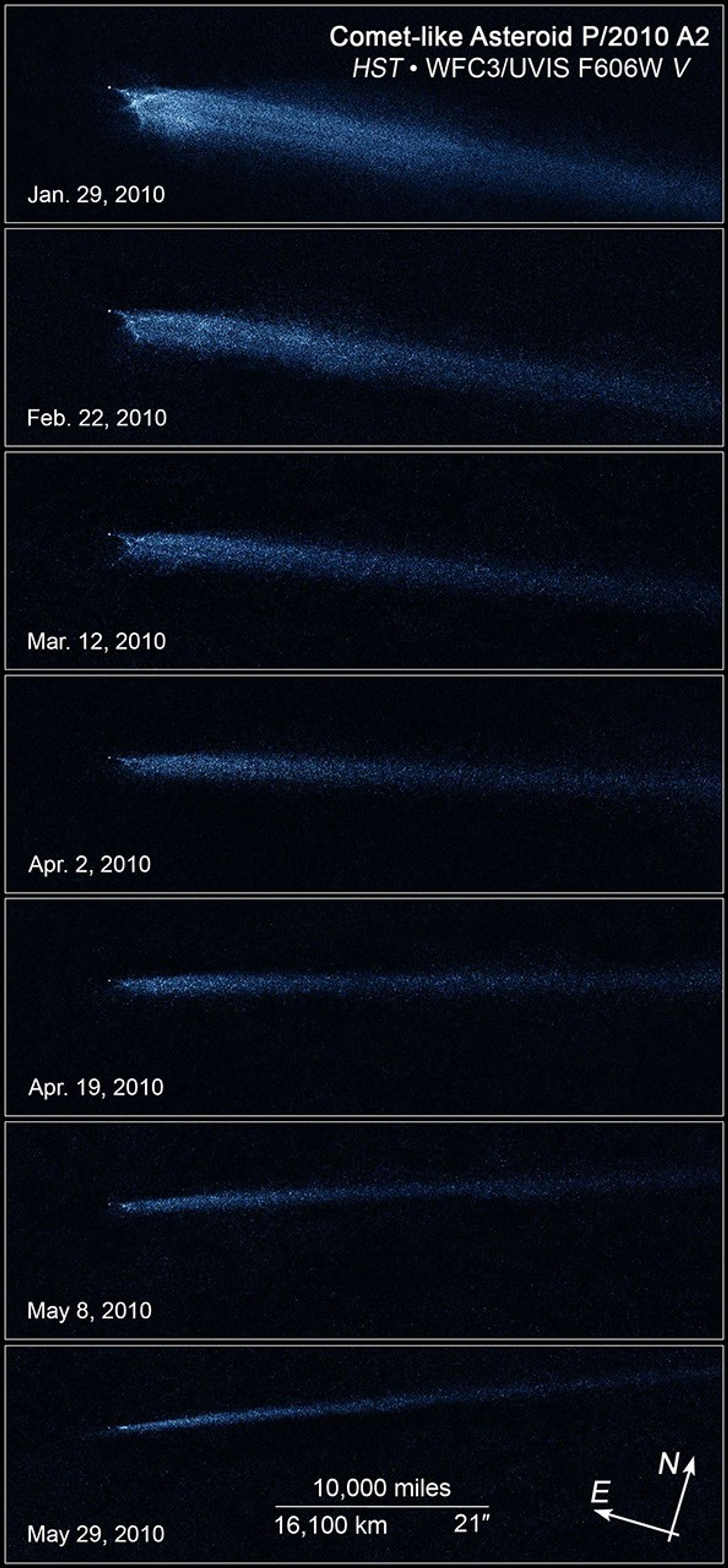
Hubble Images Reveal Aftermath of Asteroid Collision
These seven Hubble Space Telescope images, taken over a five-month period, show the odd-shaped debris from a collision between two asteroids. The Hubble images, taken from January to May 2010 with Wide Field Camera 3, reveal a point-like object about 400 feet (120 meters) wide,...
Share
Details
Claire Andreoli
NASA’s Goddard Space Flight Center
Greenbelt, Maryland
claire.andreoli@nasa.gov

